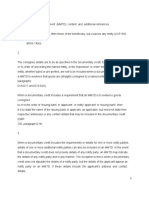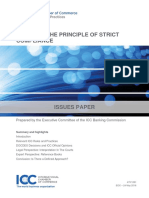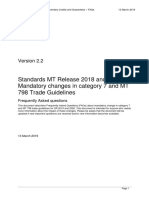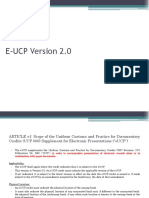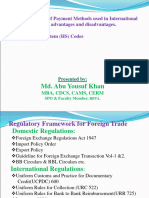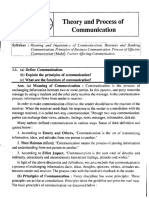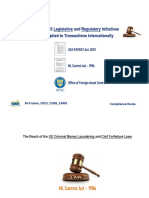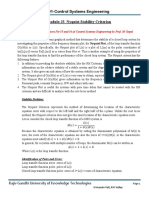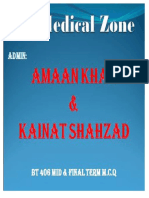0% found this document useful (0 votes)
219 views18 pages19 CDCS-chapter19
This chapter provides an overview of transferable credits, back-to-back credits, and assignments of proceeds. It defines a transferable credit as one that can be transferred in whole or in part to a second beneficiary at the request of the original beneficiary. This allows traders to use transferable credits to finance purchases from suppliers without using their own capital. While transferable credits provide financing benefits, they also involve added risks and costs for the original buyer due to the involvement of additional parties and documents. Careful management of the transfer process is needed to address risks around amendments, document routing, and discrepancies.
Uploaded by
Nazneen SabinaCopyright
© © All Rights Reserved
We take content rights seriously. If you suspect this is your content, claim it here.
Available Formats
Download as PDF, TXT or read online on Scribd
0% found this document useful (0 votes)
219 views18 pages19 CDCS-chapter19
This chapter provides an overview of transferable credits, back-to-back credits, and assignments of proceeds. It defines a transferable credit as one that can be transferred in whole or in part to a second beneficiary at the request of the original beneficiary. This allows traders to use transferable credits to finance purchases from suppliers without using their own capital. While transferable credits provide financing benefits, they also involve added risks and costs for the original buyer due to the involvement of additional parties and documents. Careful management of the transfer process is needed to address risks around amendments, document routing, and discrepancies.
Uploaded by
Nazneen SabinaCopyright
© © All Rights Reserved
We take content rights seriously. If you suspect this is your content, claim it here.
Available Formats
Download as PDF, TXT or read online on Scribd
/ 18




